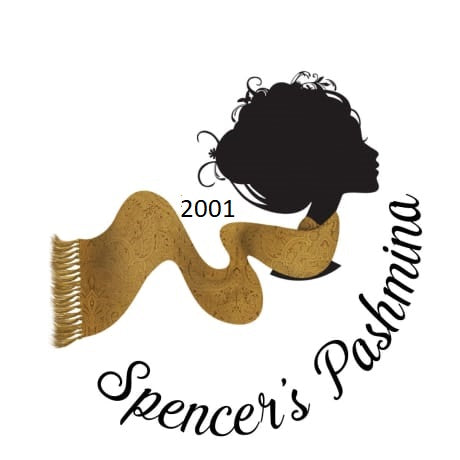Faux vs. Pure Pashmina
A product which becomes popular, its fake or faux versions flood the market. Fake or faux versions are mostly cheaper than the real product. Pashmina shawls, scarves and wraps are also such popular products. Some traders take advantage of selling the faux pashmina at the price of genuine pashmina. This price misleads the customers. They think the compatible price to be a reason for the product to be genuine. Thus, the wicked traders make enormous profits by cheating naïve customers. The real pashminas are soft and light in weight. These are gentle to touch and are pretty warm. Look of the real pashmina is sober. The weave of real pashminas is clearly visible. It is, somewhat, irregular as these are made on handlooms. On the other hand the fake pashmina is shiny and light in weight. It is very soft, but not warm. It has a well-knit weave which is very compact. The weaves are closely knit and are not be visible. Faux pashmina looks like a silk cloth. Despite being light, real pashmina is warm. It is produced from the outer skin of the Himalayan goats. This outer skin protects the goats from the extreme cold weather. Goats seasonally shed away the outer skin. It is woven to produce the wool known as pashmina wool. As per Google, 'Cashmere' is the 17th century spelling of the word 'Kashmir'. The wool mostly produced in Kashmir is also called Cashmere or Cashmere wool. The word "pashmina" is derived from the Persian word "Pashm" meaning wool. The pashmina wool is woven on the handlooms to produce pashmina shawls, scarves and wraps. The composition of the faux pashmina is pashmina wool, and the synthetic fibers like silk, nylon, viscose, etc. The genuineness of a pashmina can be easily verified manually.
